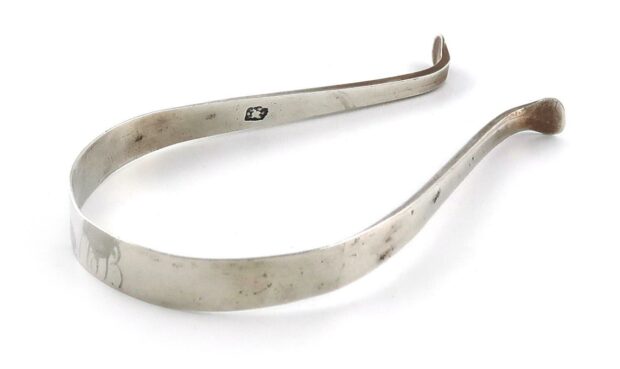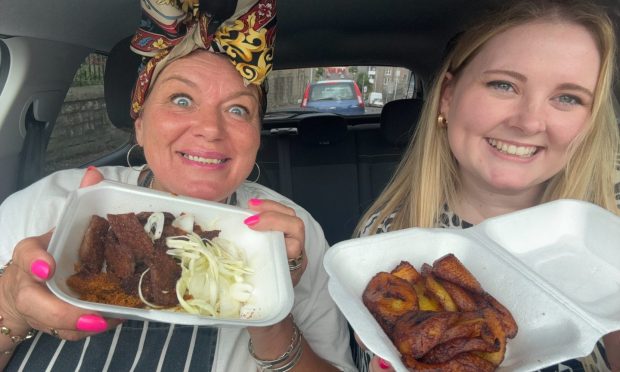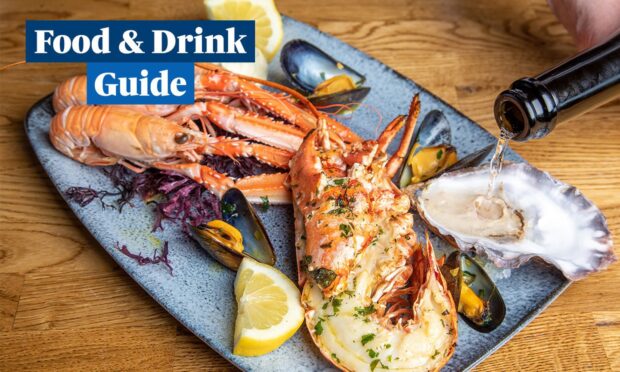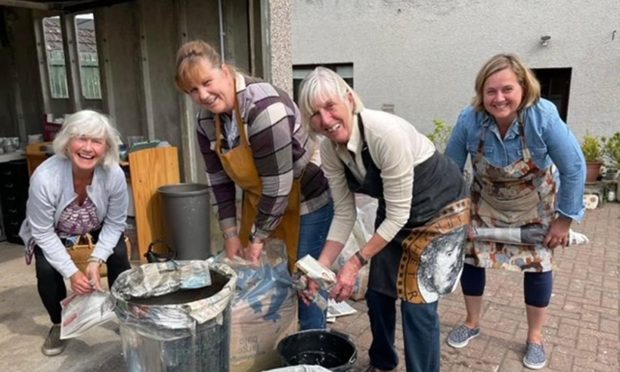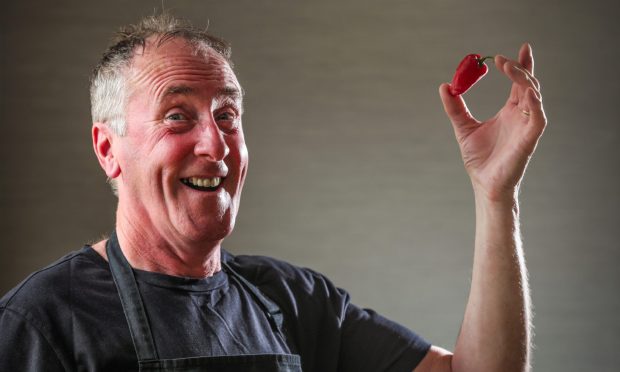I’ve had to swot up for today’s piece. Tongue scraping – apparently – is the process of running a tool across your tongue to remove food particles and debris from its surface.
The Romans did it. And if the Romans did something, you can bet a denarius or two that the Georgians and Victorians copied it, producing clever little scrapping tools for removing plaque and bacteria from the tongue’s surface.
They were often made from silver, but others from wood, tortoiseshell and ivory. They are also known in gold.
Clever grooming tools
They were formed from these materials into various clever tools with delicate handles. They appeared in formal dressing boxes or toilet sets, and sometimes in cases with a toothbrush and powder box.
One of the ‘wishbone’ variety appeared at the Salisbury saleroom of Woolley & Wallis on April 13.
What raised it to a higher level, however, was that it was a George III ‘provincial silver’ scraper by Robert Keay of Perth – indeed, a very early example of an example in silver.
Perth’s foremost silversmith
Keay (1766-1839) was Perth’s foremost Georgian silversmith, witnessed by his impressive memorial at Greyfriars burial ground in the city.
Admitted to the guild on assay of a plain gold ring in 1791, he eventually took on 24 known apprentices.
Keay probably crafted this scraper around 1800. It is the first I have come across and, from the workshop of a provincial Scottish maker, it is a rare thing.
Of plain form, with delicate finger pads, and stamped with a very clear ‘RK’ hallmark, it sold for a six-times estimate £600.
And guess what? American dentists are recommending their use once again!
